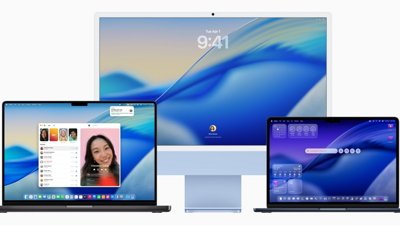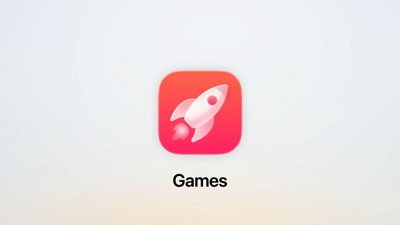WWDC 2025 is set to be an extensive event filled with operating system redesigns, Apple Intelligence features, and more. One of the more significant changes is version numbering, which will introduce macOS 26.
Everything you've heard about macOS 16 so far applies to macOS 26. Apple is expected to bring visionOS elements to every operating system in an effort to unify them in design, and the version numbering alignment seems to be a part of that.
The 26 comes from the year 2026, and that's likely because a majority of the time macOS 26 is on the market, it will be 2026. Apple could name it 25 after the year it was announced and released, but it would appear outdated the moment the calendar rolled over.
Rumors have been somewhat scarce around macOS so far. Beyond the redesign and updates related to Apple Intelligence, not much has leaked. All eyes are on iOS 26, Apple's bread and butter.
macOS 26 updates
Nothing as far as screenshots or actual mockups of what macOS might look like with visionOS design elements has leaked. The early iOS 26 leaks suggest Apple will add glassy, transparent overlays to some buttons and menu items, but beyond that, little is known.
The Apple Vision Pro operating system is built for viewing in a 3D representation of the user's space using camera passthrough. macOS is notably on a 2D display, so it is difficult to determine exactly what Apple wants to do as far as migrating that design.
Many have suggested a transparent, glossy UI that throws back to earlier operating systems like Windows Vista or Apple's Aqua interface. Many buttons and window elements are expected to elongate to more pill-like shapes with reflective surfaces.
Beyond the redesign, there's likely to be plenty of updates across the system. Improvements to Stage Manager and multitasking in general are possible, as well as new features for the Virtual Desktop on visionOS.
Apple Intelligence is also expected to take center stage, though maybe in a more muted way than in 2024. Some have suggested that Apple may avoid mentioning AI altogether, though that seems unlikely given the current perspective that Apple is behind in the space.
macOS 26 accessibility updates
Apple has made it a habit to announce accessibility features for upcoming operating systems ahead of WWDC. There's nothing here hinting at an operating system redesign, but there are a lot of great quality-of-life updates for users that need them.
 Enlarging text and using an attached iPhone to bring Magnifier to the Mac — image credit: Apple
Enlarging text and using an attached iPhone to bring Magnifier to the Mac — image credit: AppleThe new features include:
- Accessibility Nutrition Labels on the App Store
- Magnifier for Mac
- Braille Access
- Accessibility Reader
- Live captions on Apple Watch
- Live Recognition in Apple Vision Pro
Accessibility Nutrition Labels give users an overview of what features are compatible with a given app in the App Store. It could help push some apps to adopt features in order to help promote them as accessible apps.
Braille access is a big update, bringing support for Braille across the system like taking notes or transcribing conversations. Braille Access also works as an app launcher and Braille Ready Format file support.
Accessibility Reader lets users adjust font size, color, spacing, and other settings. It is available within any app, including the Magnifier app.
More features are coming to Apple Watch and Apple Vision Pro as well. Plus, Apple plans to update existing features.
- Head Tracking to control devices with head movements
- Switch Control for Brain Computer Interfaces
- Assistive Access for the Apple TV app
- Sound Recognition gains Name Recognition
- Voice Control for Xcode
- New languages in Live Captions
The features are expected as a part of iOS 26, macOS 26, visionOS 26, tvOS 26, and watchOS 26. They could arrive in the initial release or in a point one or two update before the end of 2025.
macOS 26 compatibility
Apple still supports some Intel-based Macs with its macOS, but the list gets shorter every year. A few models are expected to drop off the back end with macOS 26.
- MacBook Pro 2019 or later
- MacBook Air M1 or later
- iMac 2020 or later
- Mac Pro 2019 or later
- Mac mini M1 or later
- Mac Studio — All models
The models not on this list that were compatible with macOS Sequoia are the 2018 MacBook Pro models, the 2020 Intel MacBook Air, the 2017 iMac Pro, and the 2018 Mac mini.
macOS 26 will be revealed during WWDC 2025 on June 9.


 Mike Wuerthele
Mike Wuerthele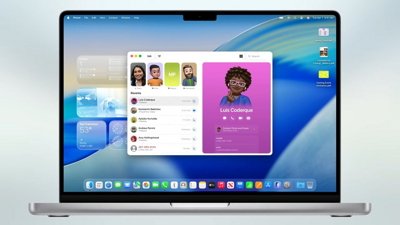
 Malcolm Owen
Malcolm Owen
 Amber Neely
Amber Neely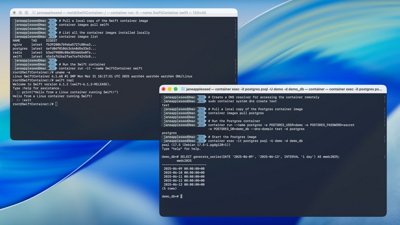
 Wesley Hilliard
Wesley Hilliard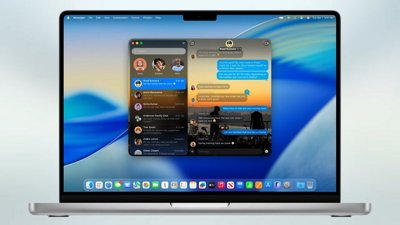
 Mike Peterson and Mike Wuerthele
Mike Peterson and Mike Wuerthele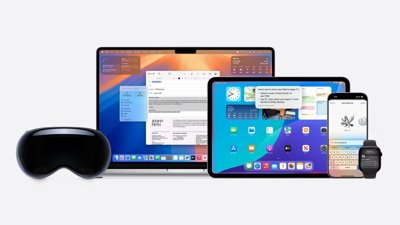

 William Gallagher
William Gallagher
 Oliver Haslam
Oliver Haslam